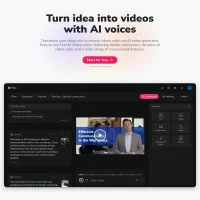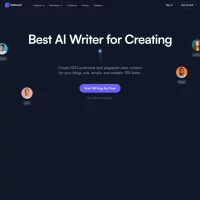Stay Ahead of the Curve
Latest AI news, expert analysis, bold opinions, and key trends — delivered to your inbox.
Windsurf Launches SWE-1: Custom AI Models Aimed at Full-Stack Software Engineering
3 min read Windsurf, a startup known for AI-powered “vibe coding” tools, launched its own AI models called SWE-1 to support the entire software engineering process—not just coding. SWE-1 competes with top models like GPT-4.1 and Claude 3.5, signaling Windsurf’s push beyond app-building amid a rumored $3B OpenAI acquisition. May 16, 2025 16:48
Windsurf, the rising startup known for its conversational “vibe coding” tools, just launched its first in-house AI models — a bold move signaling its evolution from app builder to model developer.
🧠 Meet the SWE Family
The new family, dubbed SWE-1, includes:
-
SWE-1 (flagship model for paid users)
-
SWE-1-lite and SWE-1-mini (available to free and paid users)
Windsurf claims these models were trained not just for coding, but to support the entire software engineering lifecycle — including work across terminals, IDEs, and long-running tasks.
“Coding is not software engineering,” says Windsurf’s Head of Research, Nicholas Moy. “Today’s frontier models aren’t enough for us.”
🚀 Why It Matters
SWE-1 reportedly performs competitively with GPT-4.1, Claude 3.5 Sonnet, and Gemini 2.5 Pro on Windsurf’s internal benchmarks, though it still lags behind newer frontier models like Claude 3.7 on more advanced tasks.
The company emphasizes a unique training recipe that better handles real-world workflows involving incomplete states, asynchronous tasks, and multi-surface navigation.
🧩 Strategic Surprise
This launch comes amid rumors that OpenAI has closed a $3B deal to acquire Windsurf — making the model release a surprising and possibly strategic signal that Windsurf aims to preserve its identity as more than just a frontend AI layer.
With its own models now in play, Windsurf joins a small but growing club of companies trying to challenge the dominance of foundation model providers like OpenAI, Anthropic, and Google.



















 AI Agents
AI Agents